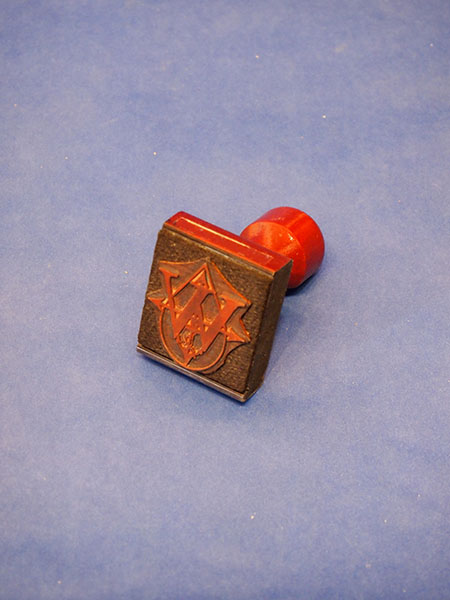 body | color | collections | commodity | cube | document | fabric | fetish | gender | glass | home | identity | living | machine | metal | minimal | mobility | narrative | olfactory | organic |
body | color | collections | commodity | cube | document | fabric | fetish | gender | glass | home | identity | living | machine | metal | minimal | mobility | narrative | olfactory | organic |
 pain | paper | plastic | plugs | power | protective | rectangular | ritual | round | sound | souvenir | spiritual | style | text-based | time | tool | touch | uniform | value | visual | warm | wood
pain | paper | plastic | plugs | power | protective | rectangular | ritual | round | sound | souvenir | spiritual | style | text-based | time | tool | touch | uniform | value | visual | warm | wood
 |
Office: Waterpod Stamp |
 |
|
| |
Narrative: Raw materials for the Waterpod Stemp include latex rubber, wood for the mounting blocks, adhesive-backed padding that is placed between the rubber and the block, and adhesive-backed labels. All of these items are produced by specialty manufacturers who supply them to rubber stamp makers.
A drawing of the design is photographed, and multiple copies of the image are transferred to an aluminum plate. The plate is then bathed in acid that eats away the exposed metal so the design is etched or raised above the plate. The engraved plate is placed on a sheet of Bakelite, a registered brand of resins and plastics that can be used to produce finely detailed molds, in a vulcanizer. Vulcanizing is a process in which crude or synthetic rubber is treated with heat and pressure to alter its properties of strength and chemical stability. Vulcanizers were developed as part of the rubber tire industry but are now used in many applications to treat rubber, fibers, polymers, and other materials. Under heat and pressure in the vulcanizer, the engraved plate leaves a negative mold in the resin sheet. A sheet of rubber is then laid over the Bakelite mold, and both are heated in a vulcanizer to produce the final positive image in rubber.
Some designs are cut on a clicker press, which is a die press that cuts predetermined shapes by applying pressure to dies with razor-sharp edges. The backside of the adhering material supporting the trimmed rubber stamp is mounted on a specially sized block of maple. The wood blocks are made in standard sizes by an offsite manufacturer. Only hard rock maple is used so that the design will not bow or be distorted by natural aging of the wood or by changes in temperature and humidity. The blocks of wood are hand-rubbed with linseed oil. A clear piece of adhesive plastic is placed on the top of the maple block. The stamp design is imprinted on this label, which is called an index.
I designed this logo for the Waterpod Project and purchased the stamp through an online company (http://www.simonstamp.com/) for around $18. About eight days later the stamp arrived. I purchased a brown inkpad from Pearl Paint to use alongside the stamp. Many times during the course of the project I used the stamp with handwritten letters or packages of documents. The stamp came with me from Brooklyn to the Waterpod to Queens to Manhattan. It is currently with me in Greenpoint.
|
|
 |
| |
|
|
|

![]() body | color | collections | commodity | cube | document | fabric | fetish | gender | glass | home | identity | living | machine | metal | minimal | mobility | narrative | olfactory | organic |
body | color | collections | commodity | cube | document | fabric | fetish | gender | glass | home | identity | living | machine | metal | minimal | mobility | narrative | olfactory | organic | ![]() pain | paper | plastic | plugs | power | protective | rectangular | ritual | round | sound | souvenir | spiritual | style | text-based | time | tool | touch | uniform | value | visual | warm | wood
pain | paper | plastic | plugs | power | protective | rectangular | ritual | round | sound | souvenir | spiritual | style | text-based | time | tool | touch | uniform | value | visual | warm | wood
![]()
